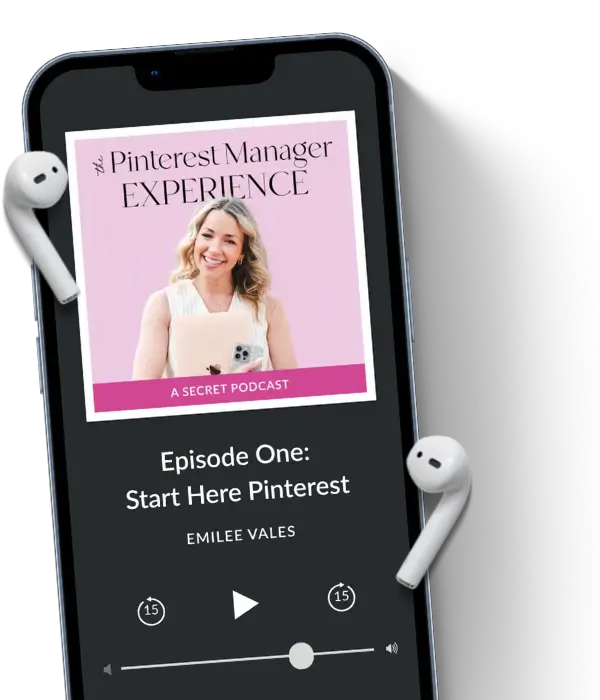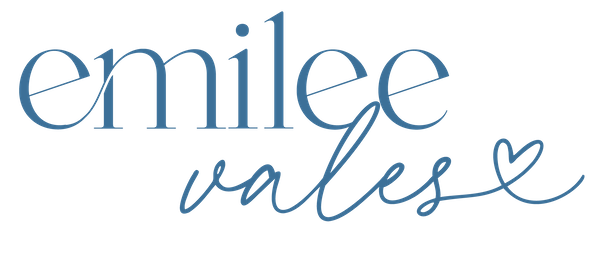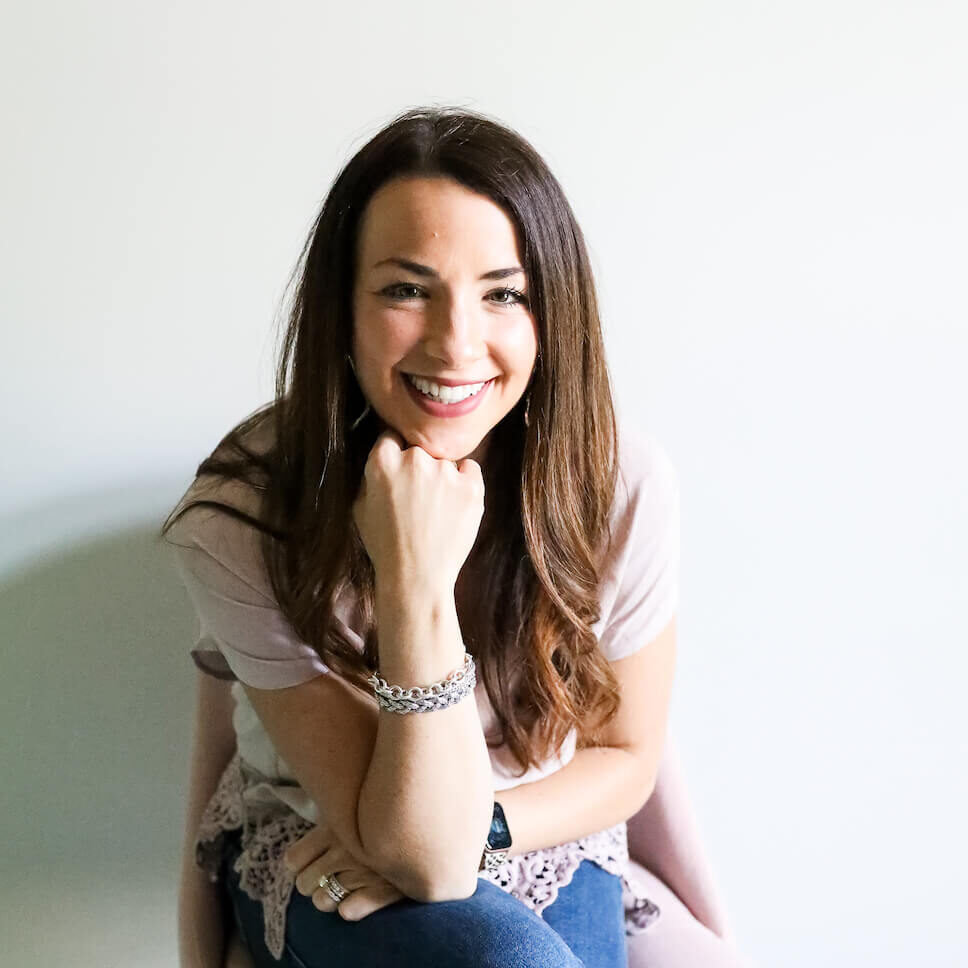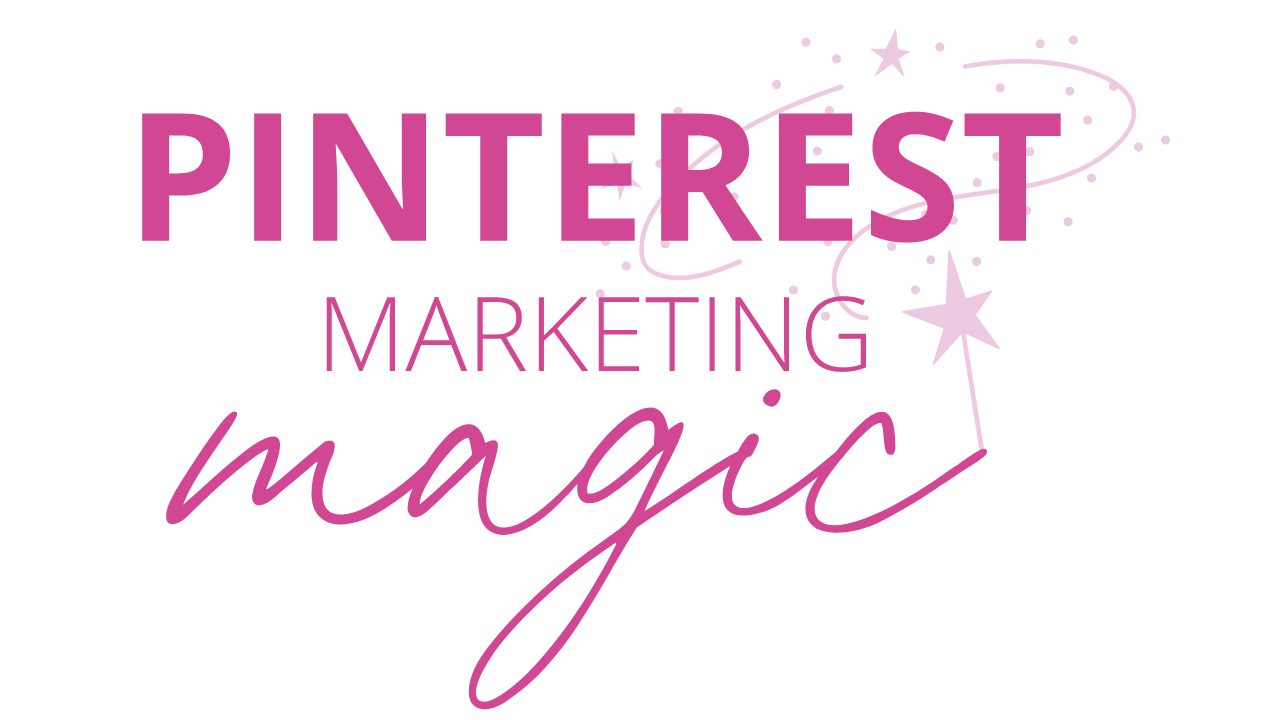Normally I love to have a cute little intro for each post, but talking about Pinterest and sales funnels needs no introduction! I’m giving you six easy steps on how to set up a successful Pinterest sales funnel – skip the intro and let’s get to the good stuff!
DISCLAIMER – This post contains affiliate links and I may earn a small commission when you click on the links at no additional cost to you.
You’ve heard it said time and time again that you need a sales funnel…but truth be told, you have no idea where the heck to even start! I get it. I’ve been where you are before – it can be intimidating to take the first step when all you can see is a winding staircase below.
Trust me girl, this is going to be fun! Today I’m going to walk you through 6 actionable steps on what you need in order to create a Pinterest sales funnel for your business.
Before I share these steps, I do want to mention a few of my other posts that you might find helpful. If you want to understand why you need a sales funnel, you can learn more about that here, or if you want to understand what makes a Pinterest sales funnel unique, you can do that on this post.
Okay, are you ready? Let’s dive in!
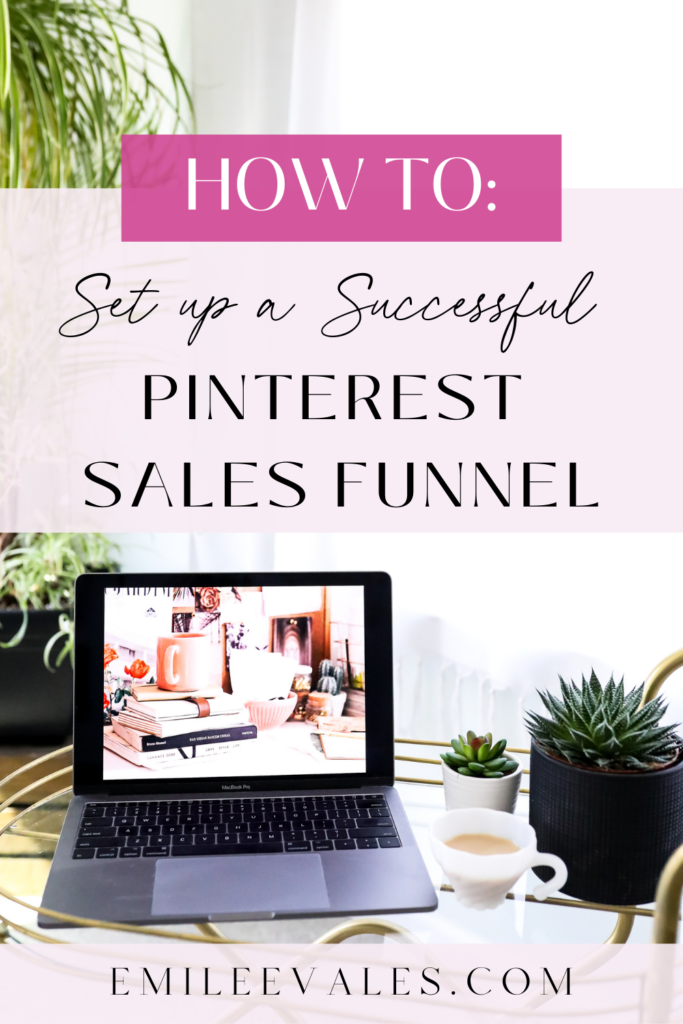
Step 1. You Need to Have a Blog
I know, I know, this may be an unpopular opinion, but it’s really hard to have a solid Pinterest strategy if you aren’t sharing fresh content regularly.
I have tried strategies with clients where all of their pins are driving traffic to TpT (Teachers Pay Teachers) which sounds great, but it isn’t.
Rather than building up your own content, you’re spending so much time and effort driving traffic to borrowed land. PLUS, you aren’t able to get that customer on your email list from TpT, which means you’re missing out on potential sales over time.
If having a blog intimidates you, consider these options. Have a podcast? You can always repurpose those episodes into short and sweet blog posts! You can also share YouTube and Instagram content as a supplemental source while you build your blog.
Bottom line, offering free value is a huge part of any solid marketing strategy and a blog is the best way to do that.
Step 2. You Need to Have a Blog Strategy
You might be thinking, “Emilee, I have a blog and it doesn’t seem to be leading my customers anywhere!”
My response? You need to be using your blog strategically to guide the potential customer in taking the specific action you want them to take. Think of your blog as building awareness of who you are as a business owner, what you provide to your potential customers, and unique ways you can help solve their problems.
With this mindset, you are building that “like-know-trust” factor with your readers. This sets you up as an expert in your field and builds confidence in your business – that’s a huge deal!
You should also be creating content that serves your audience and provides an opportunity to naturally share your lead magnet (or what some people call, opt-in).
What is a lead magnet? It’s free content or a service that your audience receives in return for their contact information.
I’m going to be totally transparent here – in the beginning days of my business, I always wondered why people were so obsessed with building their email list…well DUH Emilee, it’s because it is (usually) the number one way businesses are driving sales! Let me just say my friend, email marketing is not dead, which leads me to share step 3.
Step 3. You Need an Email Service Provider
Okay, let’s recap – You have a blog, and now you have some amazing lead magnets. The next step is a way to share your amazing offers! You need to select an email service provider, like now!
I personally use Active Campaign and have been very pleased with the results! Depending on the stage of your business, there are free, modest, and investment-worthy email providers. You just need to do some research. 🙂
Now that you have your email service provider, you’ll need to create different email sequences. Email sequences are just a fancy way of saying an automated series of emails, during which you’re following up with your audience.
There are different types of email sequences such as opt-in sequences, nurture sequences, and welcome sequences.
I’m not the queen of email marketing, but Kate Doster is, so if you want to learn more I recommend checking out some of her content. I’m not an affiliate for her, I just enjoy reading her content myself haha!
Long story short, I wish I would have built my email list sooner.
You own your email list, and that has so much value. You also can’t have a sales funnel if you have no way to communicate with your audience and deliver different opt-ins, products, etc.
If you haven’t heard already, I’m taking all the information (like my life lessons about email marketing) and compiling it into a new course!
One of my modules will specifically be talking about the power of the follow-up. I will also be offering weekly support in my FB group that’s created just for course members – think of it as Pinterest sales funnel support at your fingertips!
If you feel like you know you’d love to learn more about my course, be sure to grab my FREE Pinterest strategy guide and check out Pinterest Marketing Magic here.
Step 4. You Need a STRONG Lead Magnet
What has your audience consistently been asking you for? Don’t know? Well, go ask them! (Hint hint – This could be a great first blog post if you haven’t started one yet.)
Next, go create something your audience wants!
Using Canva or some user-friendly graphic design program, create a checklist, mini-book, or activity page that is easily digestible and helpful. Remember, preferably something you know your audience wants!
Once it’s created, you can create different forms in Flodesk (or whichever email marketing service you choose) depending on how you want to share your offer. You can also share it in a variety of different ways such as embedding forms, creating landing pages, etc.
This lead magnet should also make sense with your digital products and/or courses, AKA your paid offers. I actually made my first lead magnet to get people on my list that would want to pay for my “done for you” services!
Even if you don’t have a digital or physical product, it’s still wise to have a list. Think about it this way: if my email sequence is leading to a service rather than a product, it’s still a sales funnel!
I’m still nurturing and I’m still asking for an exchange of money for my knowledge.
Step 5. You Need a Checkout Method
In order to have a sales funnel, you need to have a sales page, a checkout method and a delivery method, meaning how you will be sending the digital or physical product.
Now you may be thinking, “Emilee, I’m a teacher, I use TpT”. Well, that’s fantastic! TpT is great because it makes your sales page, checkout method, and delivery method for you!
However, I still want you to be making lead magnets, sharing those offers in your blog posts, and getting people on your email list, because guess what? You can share your TpT products via email marketing, and use UTM code for tracking!
Or perhaps you’re thinking, “Emilee, I’m not a teacher! What in the world are you talking about with sales pages, checkout methods, and delivery methods?”
If you’re not a teacher, feel free to reach out to me on social media if you’d like more help, or book a call. I help my clients set up funnels!
Step 6. You Need a Solid Pinterest Strategy
Oh boy, this is a loaded one.
At this point, you now have a blog, an email service provider, and an offer to get people on your list. It’s now time to start marketing your blog and free offer (don’t forget your paid offers too!) with the power of Pinterest.
Keep in mind that Pinterest is a search engine, so you need to fluidly lead people with targeted keywords and scroll-stopping pins.
Next, those pins should get them to click and allow them to consume your amazing content, AKA the free or paid offers within your blog.
You can also lead people directly to lead magnets or sales pages, but I find these don’t perform as well on Pinterest.
We’d be here all day if I explained in-depth about creating a unique Pinterest strategy, so if you’d like to learn more, I highly recommend you get my FREE Pinterest strategy guide!
I will be teaching and showing you exactly how to set up a Pinterest sales funnel in an easy step-by-step format!
One Last Thought
Do you need to have a blog to have a sales funnel? No, not exactly.
To have a sales funnel, you need a sales page, a checkout method, and a delivery of your product.
But, everything has to start somewhere. Customers want to feel like they know and trust you before they opt-in to your free (or paid) offers.
What better way to have a “home base” where your customers can digest your information, exchange their email address for awesome goodies, and begin the nurture journey with you? Think of the blog as fresh content that casts a wide net over your audience each time you post.
Now, get out there and start that sales funnel girl!
